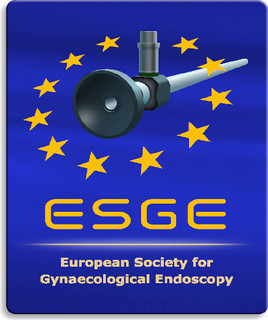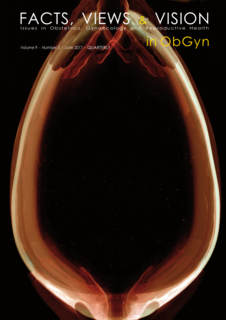Guiding histological assessment of uterine lesions using 3D in vitro ultrasonography and stereotaxis
adenomyosis, myoma, iGIS, in vitro, in vitro gel instillation sonography, 3D ultrasonography, stereotaxis
Published online: Oct 25 2017
Abstract
Objective: To compare ultrasonographic features of uterine lesions with the ndings at macroscopy and microscopy.
Methods: Case series of ten consecutive women undergoing a hysterectomy for uterine pathology. A preoperative transvaginal ultrasound examination was performed. After hysterectomy, the uterus was re-evaluated by 3D in vitro ultrasonography and in vitro gel instillation sonography (iGIS). The lesion of interest was pinpointed by inserting an intramuscular injection needle using a free-hand 2D-ultrasound guided technique to focus the macroscopic and the microscopic examination by the pathologist.
Results: Adenomyosis, benign broids and in ltrating endometrial cancer were diagnosed in six, ve and one patient, respectively. We found that iGIS improved image quality of in vitro ultrasound. There was a good correlation between the reported ultrasound features and the nal histological diagnosis. Some lesions had been misinterpreted during preoperative ultrasonography or at macroscopical examination: e.g. dense myometrial vessels reported as small myometrial cysts at grey scale ultrasound examination; absence of macroscopical lesions in a case of diffuse adenomyosis.
Conclusions: In vitro 3D ultrasonography and iGIS allow for accurate mapping of uterine lesions so that ultrasound features can be matched with nal histology. Our series demonstrates some pitfalls in the interpretation of sonographic and macroscopic features of uterine lesions. Stereotaxis of focal uterine lesions could focus histological assessment and reduces examination time for the pathologist.



